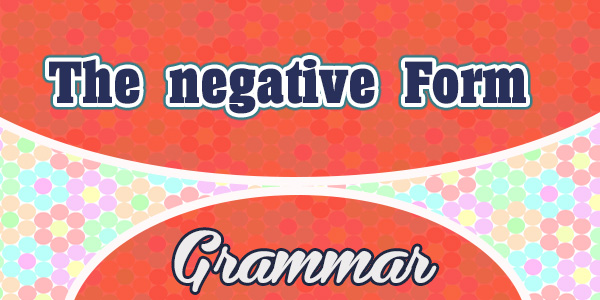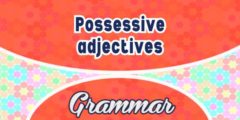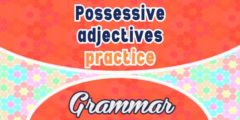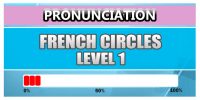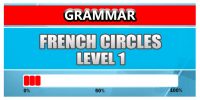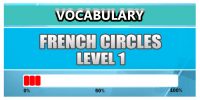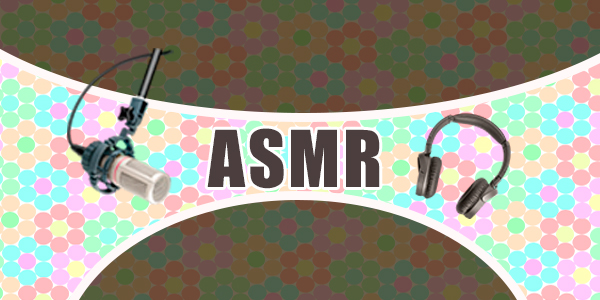The Negative Form
The Negative Form allows us to negate a statement, express disagreement, or deny the occurrence of an event or action. To make a sentence negative, you need two negative terms:
- The first one is “NE” or N’ – if the verb begins with a vowel and
- The second one can be: “PAS” (not), or “PLUS” (neither, not either) “RIEN” (nothing, not anything) “JAMAIS”(never) “PERSONNE” (nobody, no one).
NE goes before the verb and PAS or the other terms come after.
Think of a hamburger when you make a sentence negative:
NE is like the top bun,
PAS is like the bottom bun, and
the VERB is like the hamburger in the middle
Short Video
Grammar : Negative Form
| Negative Terms | Meaning |
|---|---|
| ne … pas | not |
| ne … plus | no longer, no more, not … any longer, not … any more |
| ne … rien | nothing, not … anything |
| ne … jamais | never, not … ever |
| ne … personne | nobody, no one, not … anybody, not … anyone |
Examples:
Je mange. (I eat.) – Je ne mange pas. (I do not eat)
Je travaille (I work) – Je ne travaille pas ( I don’t work) – Je ne travaille plus ( I don’t work any more)
J’habite à Brampton – je n’habite pas a Brampton – je n’habite plus a Brampton ( I no longer live in Brampton)
J’aime cuisiner – je n’aime pas cuisiner
j’ai une soeur – je n’ai pas de soeur
Other Examples:
Ne changez rien. Don’t change anything
Je ne vois personne. I can’t see anybody.
Elle n’arrive jamais à l’heure. She never arrives on time.
When the sentence is conjugated in simple tense, the first term “ne”/”n’ “ is placed directly before the verb, unless the verb is preceded by an object, in which case you should place “ne” before the object. The second term is placed directly after the verb.
Examples
- Je n’aime pas les légumes
- Mellie ne court jamais
- Nous ne voulons pas aller au travail
- Vous n’aimez personne
- Il n’était plus content
- Elle ne fait rien
Au passé composé
When the sentence is conjugated in a compound tense (passé composé), the first term “ne”/”n’ “ is placed directly before the auxiliary, unless the verb is preceded by an object, in which case you should place “ne” before the object. The second term is placed directly after the auxiliary. Be careful there is an exception with “personne” that is placed after the verb.
Examples
- Je n’ai rien mangé
- Il n’est pas mort
- Andy n’a pas vu ce film
- Il n’a plus fait son devoir
- Nous n’avons connu personne
Here are some the negative form examples :
More French grammar? Practice here:
Explore More French Grammar Levels: Click on Your Level of Interest:
Grammar Level 1
Grammar Level 2
Grammar Level 3
Grammar Level 4
Grammar Level 5
Grammar Level 6
Grammar Level 7
Grammar Level 8
French Resources for Level 1:
Do you want to practice another Resource? Click on the image of your interest:
